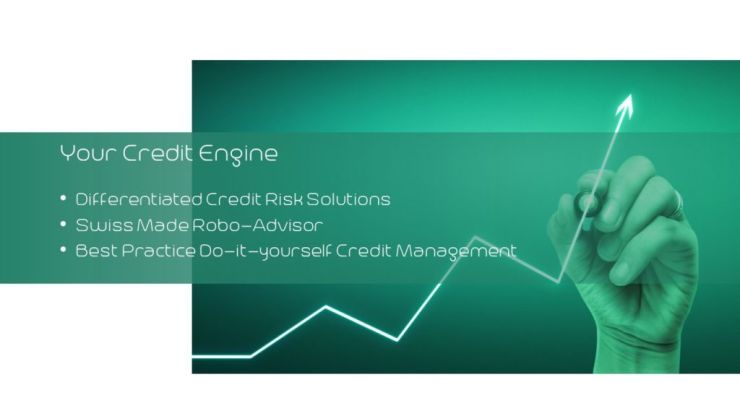
Many people say: There is no financial trust between companies; if it comes to money there is no friendship, and no trust neither. Is this true? Let’s use this as a perfect starting point how to make business in an environment that doesn’t know financial trust.
Imagine your company produces resins for the automotive industry and your account manager shows up with a new customer. The customer asks for standard payment terms of the country, let’s say 30 days after date of invoice with no cash discount. The requested volume is two truckloads per week.
What is the credit limit we require? Two truckloads per week are 8 truckloads per month. Based on 30 days payment terms we will have 8 open invoices until they’ll start to pay. If the truckload is worth 50,000 USD, we’ll have 400,000 USD piled up after 30 days. It will stay at that level if this business keeps going. In other words, we have 400,000 USD open accounts receivables at risk. Adding open orders and in-transfer material we can add about 50% to this number to get a credit limit that we need considering two weeks lead time. This is 600,000 USD at the minimum for not delaying the supply chain process by avoiding order blocks caused by exceeded credit limit.
How do we know if the new customer can pay our invoices?
If we don’t want to lose the customer from the beginning, cash in advance is not an option at this point. We need to get more information for making a credit decision obviously. If the customer is a German customer we should go to the website bundesanzeiger.de and search for the company’s latest financial statements. All limited companies and corporations in Germany are obliged to publish their financial statements with this institution. There are similar websites in Austria, Belgium, Italy and Spain. Some require a small fee to pay for receiving the financial statements.

If you have the financial statements for your new customer, you need to analyze it. But, what is the best way to do this?
The best way is you have a standardized credit scoring model in place that you can use within your organization, which allows to make the financial strength of your business partners visible and comparable. If you don’t have such a model you can build one, or you use the one Emerald Rating offers. If you don’t want to enter the financial statement information yourself, just ask your business partner to do so. It saves time and money for you, if you have the power to push it over.
The credit scoring model shall be built up in a way by analyzing financial leverage, profitability, and liquidity in using a balanced scorecard approach, and score the key performance indicators if they are good or not. In addition, environmental factors like country, industry, organization type, business and geographic diversification, as well as years in business should be part of this evaluation.

What about existing customers?
In order to be pragmatic, use the 80-20 rule. Sort your customers by credit limit (or average credit exposure) in a descending order. Draw a line where you reach 80% of the total cumulated amount. Those that are above, are your largest customers. For smaller ones you use a simplified approach.
You will say: Thanks for the explanation, but what has this to do with trust?
Well, at this point you will see if the customer is financially solid. You can understand if your business partner has a good chance to survive in a financially stretched environment. With that knowledge you can judge if there is a high or low likelihood for default. If it is low, you can give the customer a credit limit, which is based as percent of equity. And, if your business partner doesn’t pay the invoice even in financially good shape, then you stop doing business and call your collections agency. This way you can enforce your trust. But, if this situation comes into play, talk to your business partner and let him know that you know what you can do in this legal environment.
Does this make sense?
Go and do your first analysis! You can use your own financial statements as a starting point. You can ask Emerald Rating for receiving a free-demo if you like.
Danny Kaltenborn, ACMS President
Association of Credit Management Switzerland
Klausstrasse 43, 8008 Zürich
info@creditmanager.ch, www.creditmanager.ch


